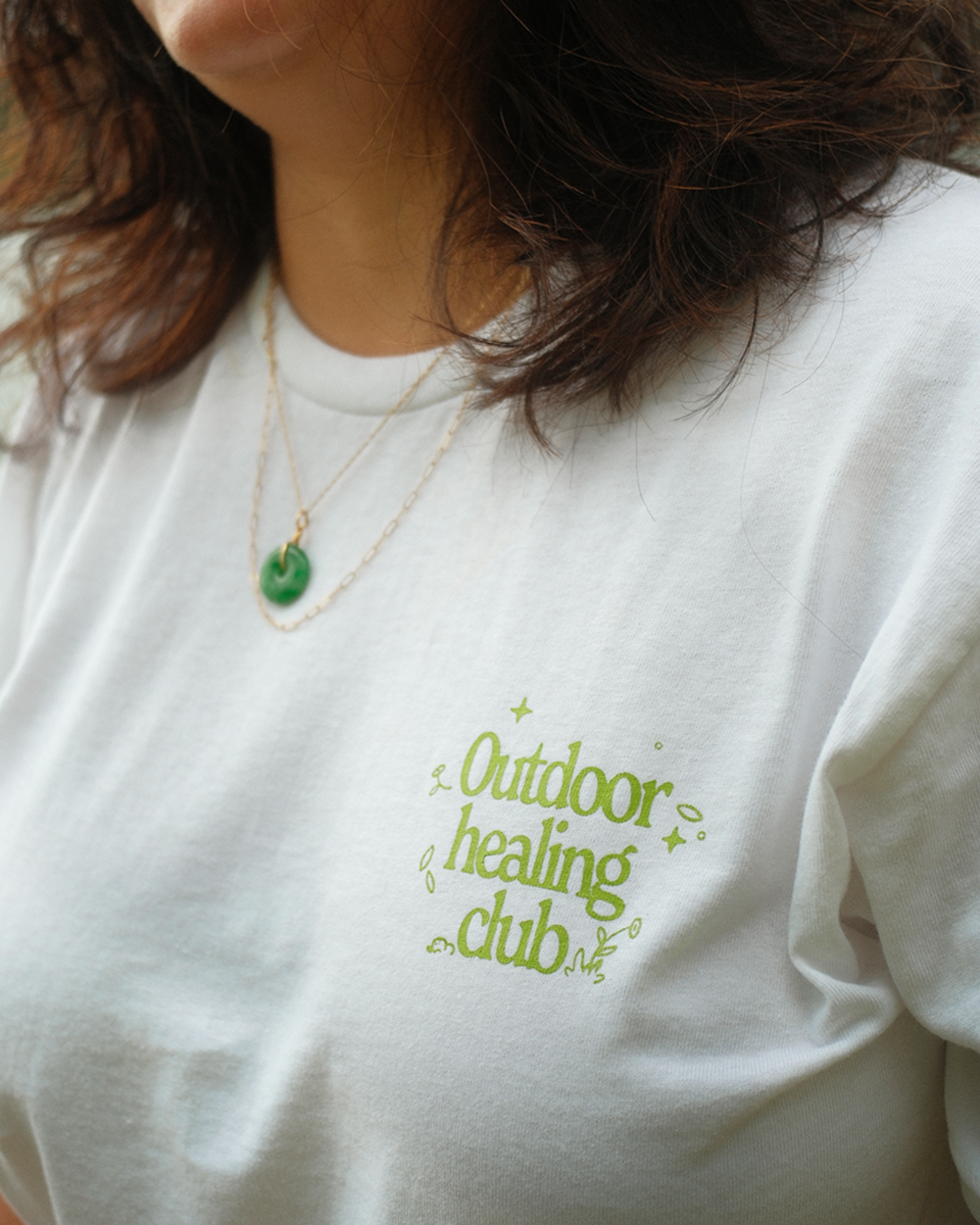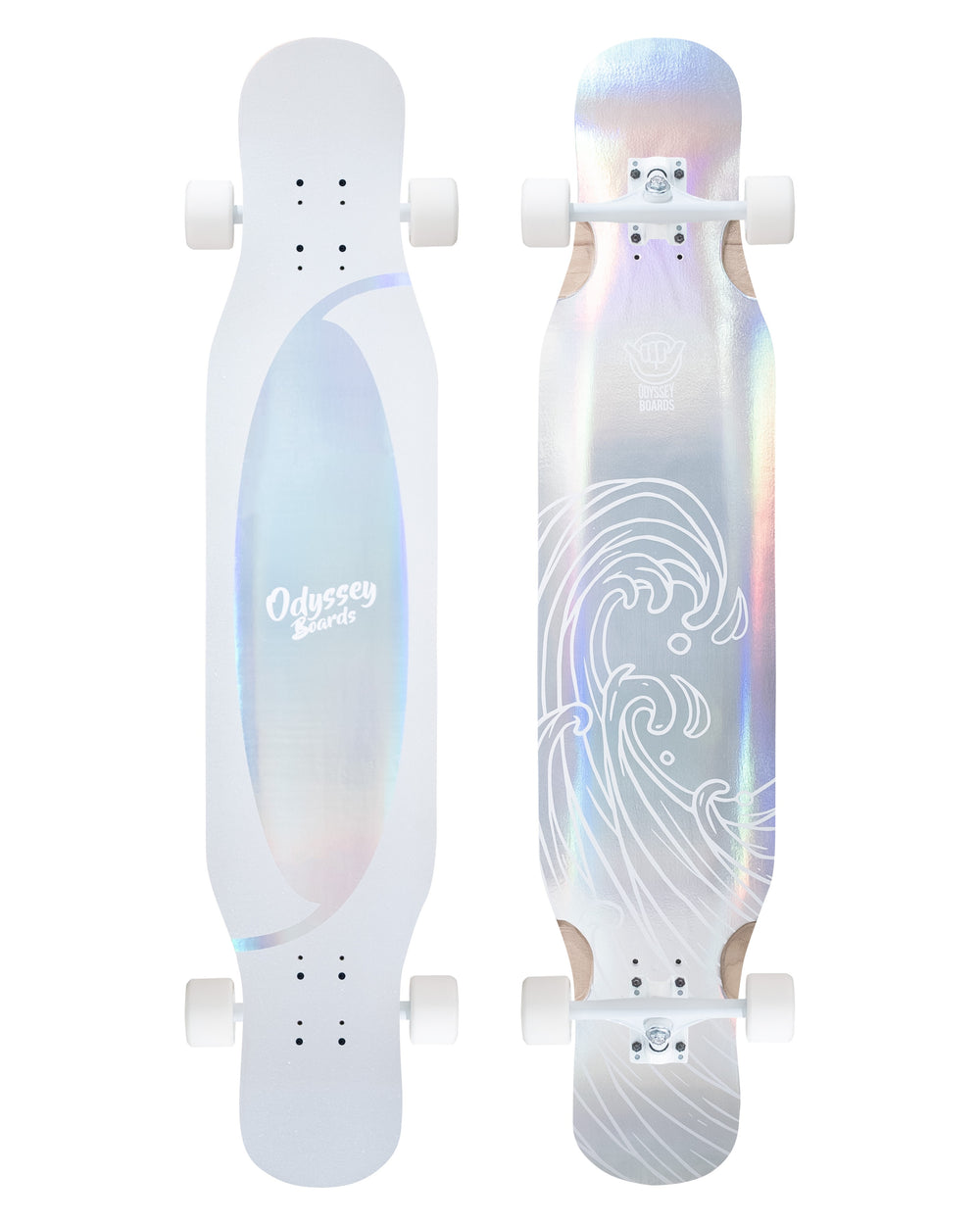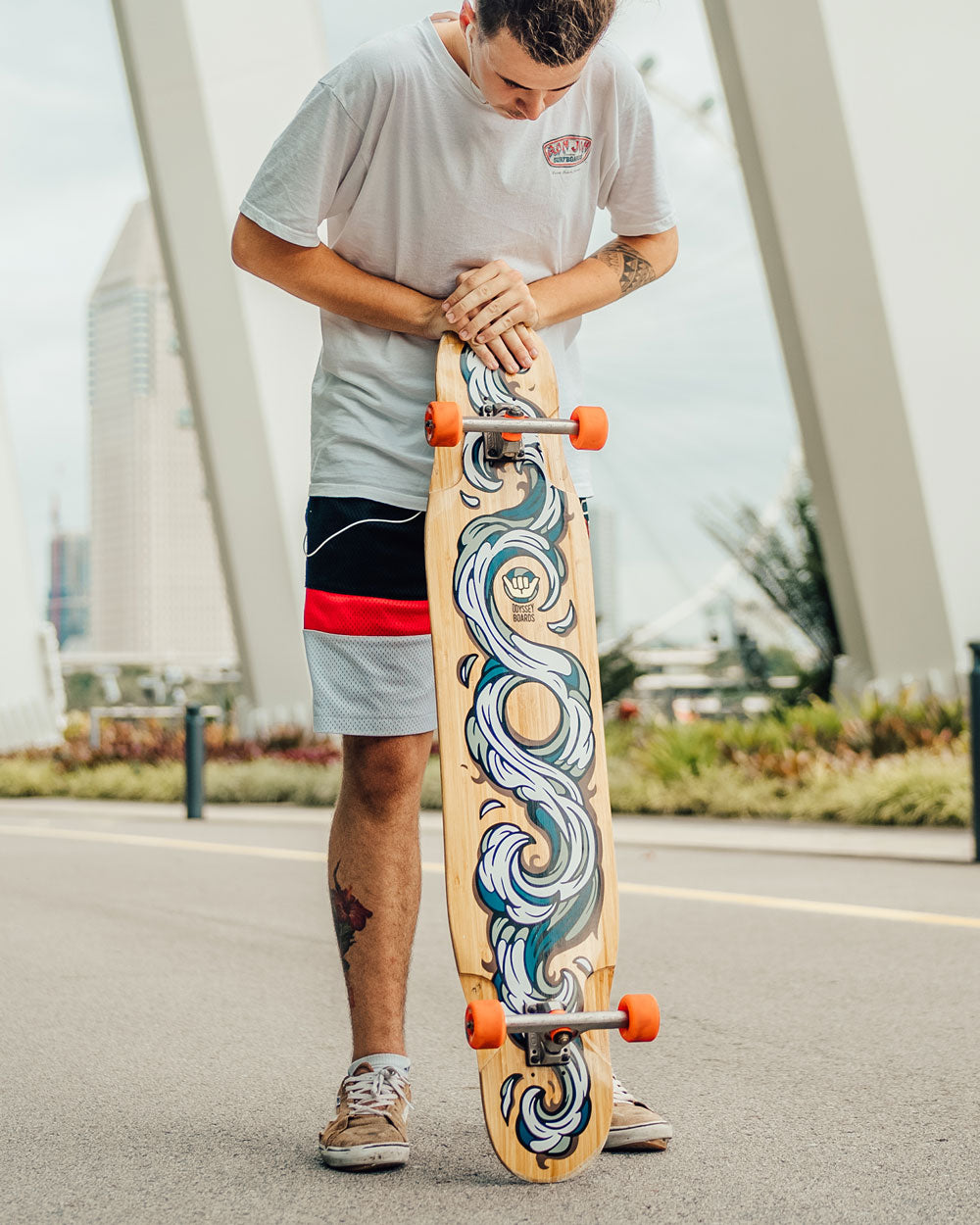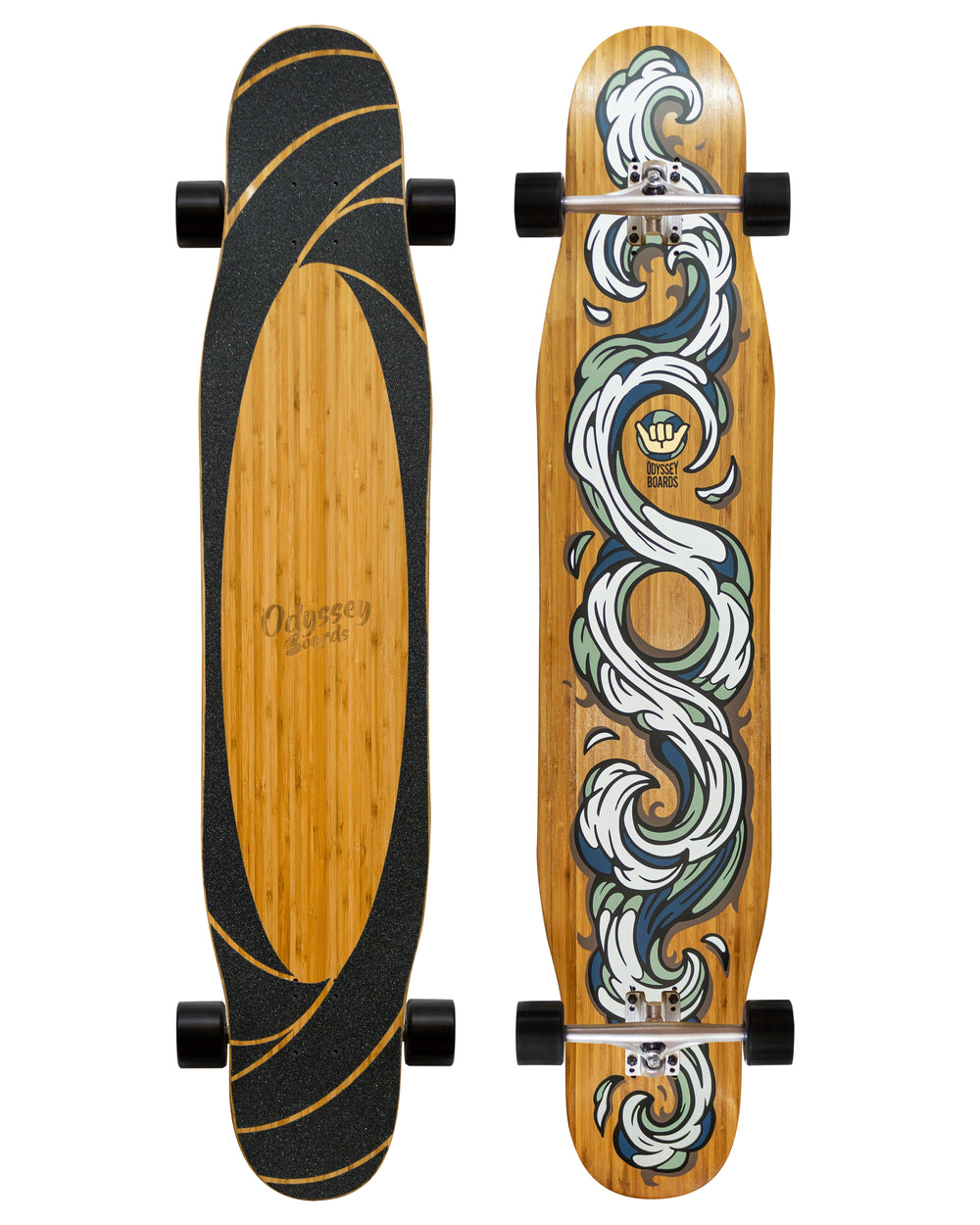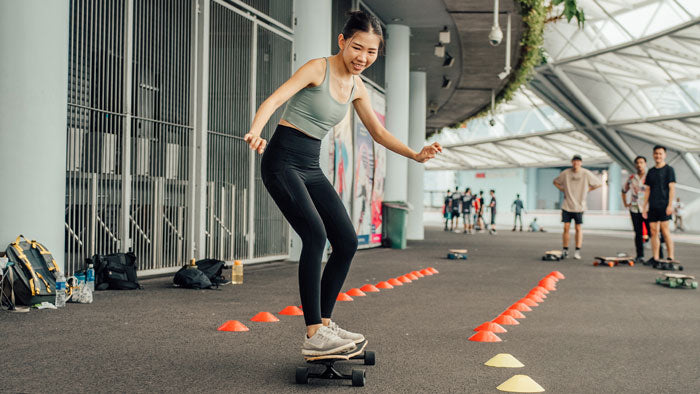How to commute safely on your longboard
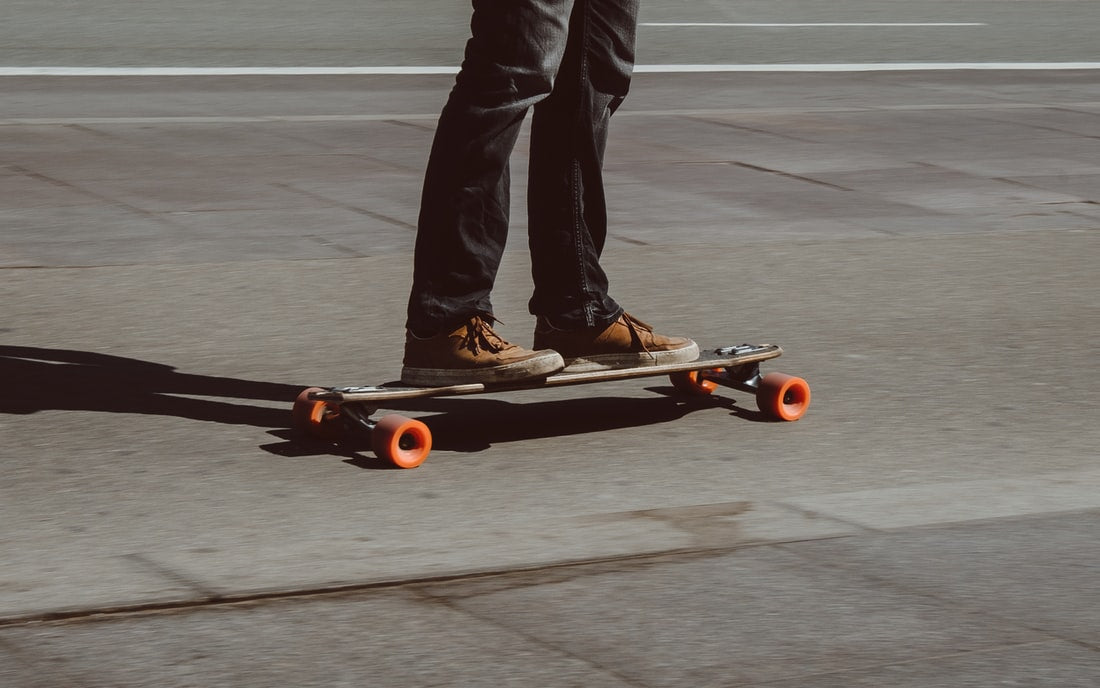
So you’ve gotten your first board, be it a cruiser board, longboard or skateboard. You’re excited to be an even greener citizen and switch your mode of transport to your new board. I’m sure there’s many questions you have about commuting safely and how to prevent injuries! That’s why we’ve written this detailed guide today on how you can commute safely on your longboard and cruiser board.

Source: Marc Kleen
(Fair warning: As we take safety very seriously, this is gonna be a fairly long post! Scroll down to the conclusion for the TLDR version)
1. Wear proper gear
Just like how you’ll want your board to have the proper equipment, you have to do the same for yourself. Protective gear is a necessity, especially helmets. Make sure you get the right fit for your helmet and your head fits in snugly after buckling. Durable and affordable helmets can easily be bought at Decathlon branches, or at your local skate shops.

Apart from your head, you’ll also want to protect your joints: Elbows, knees and wrists. These help to prevent nasty abrasions from falls, and most importantly absorb most of the impact. These joint guards are usually made of padded materials which can be adjusted with its velcro straps. If you’re looking for a set, check out our very own guards. They’re designed to last - meaning you don’t have to waste your money purchasing a new set every few months. Better still, you’ll get 18% off the guards if you purchase it with any of our boards.
Next, shoes. Do not underestimate their importance! While it may be tempting to wear your comfortable running shoes to skate to work, it's not the best idea to do so. It is essential that your skate shoes have a flat sole with a strong grip. This gives you better balance compared to the uneven soles of sports shoes; and the strong grip will come in handy should you come across any wet or uneven terrain.
Lastly, your bags. Most would not notice how much the bag you’re carrying can sway your sense of balance. Backpacks are always a better choice over sling bags as they swing around less - this means you can ride at ease without feeling like your bag’s trying to murder you.
2. Adjust and maintain your board
Your board specs are as important as your personal equipment. The first aspect is your wheel size and softness. Go for larger and softer wheels. We’d advise against using a skateboard for commuting if you’re a beginner. Skateboards typically have small and hard wheels, which can easily get caught between cracks or pebbles.
Apart from your wheels, your trucks play a huge part. If there’s a ton of downhills within your commute, it’ll be better to have tighter trucks to combat the speed wobble. This happens your loose trucks are hyper-sensitive to high speeds and your board begins to involuntarily oscillate vigorously. It’ll hit you so fast that you’ll be flying off your board before you even know what hit you.
On the other hand, if you’ll mostly be navigating through city terrain, looser trucks will allow you to make sharper turns to avoid obstacles. To adjust your trucks tightness, a skate t-tool is your go-to equipment. Check out our skate t-tool that comes at the discount when you purchase our boards as well!
3. Plan your route beforehand
Here it comes… the quote you’ve all heard in school: “If you fail to plan you plan to fail”. This is exactly the case for commuting with your board. Skating is entirely different from walking - you’ll need faster reflexes and better balance. All these can be made easier with just a quick 5 minutes of planning.

Source: Google Maps
Before you embark on your commute, we suggest using Google Maps and street view to check out the route you plan to take. You may think it’s okay to just rely on your memory of the route, but how sure can we really be, right? Look out for steep downhills (or even too much uphill), highways or areas under construction.
4. Road awareness and etiquette
Now let’s talk about your actual time on the road. The most essential rule to follow is to ride in the right places. There are many longboard paths in Singapore for you to commute on. Stick to your bicycle lanes - skateboards and longboards are classified as non-motorized personal mobility devices in Singapore. Just make sure you follow the speed limit when you’re on the respective lanes (see below)!

Source: LTA.gov.sg
Apart from observing the speed limits, make sure you pay attention to your surroundings. This means looking over your shoulder, a lot. You should be doing so before making any sharp turns, and then more. If you’re in a crowded bicycle lane or on the road, signal where you’re turning.
Lastly and most importantly, do not try skitching vehicles on the road. Vehicles may turn, accelerate or brake abruptly. This can cause serious injuries, and you may even lose a limb. Not kidding!

Source: Pexels
5. Keep your eyes and ears open
Commuting on your longboard or cruiser board requires 100% of your attention. You must be aware of your surroundings so you can react quickly to any possible situation. There may be cars or bicycles approaching you from behind - if you can’t hear them coming, you’re in danger. This is why we strictly advise longboard commuters to ditch their earphones.

Source: GIPHY
Additionally, if you absolutely have to check your phone, stop at the side of the road. Your eyes should always be on the road, not anywhere else!
6. Train your muscle memory
For the last tip, it’s all about getting used to your longboard or cruiser board. Commuting involves making sharp turns, sudden brakes, and checking your speed. To do so, you’ll have to learn how to distribute your weight between your front to back foot, and your toeside to heelside. All these come with practice, practice, and even more practice.
Lastly and most importantly, you’ll have to learn how to fall safely. Sometimes safety gear is just not enough! As ironic as it sounds, learning to ride safely involves a lot of falling. The proper falling technique will reduce the likelihood of injuries and the need to visit the hospital. We’ll categorize these techniques into:
- Falling off: This is how you soften the blow when you stumble off your board.
- Bailing: If you think the fall is going to be too much to handle, you can bail on the board before it’s too late.
Although it’s not fun to keep falling, it’s part of skateboarding. You have to learn how to not break your fall with your hands, which is almost everyone’s natural instinct. Using your hands can easily result in fractured wrists, so it’s better if you learn how to roll and land on your shoulder or back instead. You can practice this on a softer surface - tuck in your elbows, chin and try landing on your shoulder. The momentum will naturally lead you into a roll, which drastically takes the energy out of the fall.
For the TLDR folks
It’s always intimidating to get started on a new hobby and to take it a step further by incorporating it into your daily life. We hope this guide came in handy! In summary, wear the right gear (shoes, protective gear, no sling bags). Adjust your trucks when necessary, and plan your route beforehand using Google Maps. Make sure to practice proper road etiquette and be aware of your surroundings! Lastly, hone your sense of balance and muscle memory.
Our friendly team is always here to give you the best advice whether you’re our customer or not. Hit us up at info@odysseyboards.com! All the best on this new experience!



